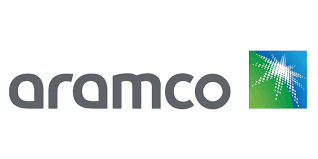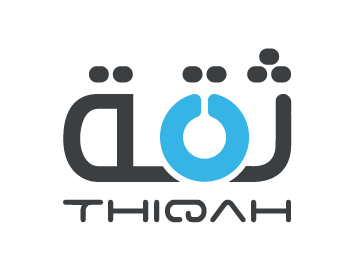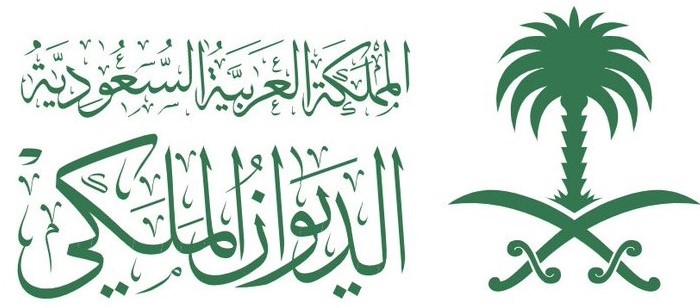Design and Application of Expansion Joints Course
Introduction:
This online course on the design and application of expansion joints encompasses concepts related to joint design fundamentals, foreign standards on the types of expansion joints available, advantages and disadvantages of metallic and fabric bellows, functional and stress analysis of fabric expansion joints, stress distribution analysis, equilibrium and anchor forces analysis, field services, and insights for related manufacturing courses.
Objectives:
The general aim of the course is for each participating student to be able to:
- Appreciate and gain comprehensive knowledge of the mechanical fitness of process apparatus and piping.
- Use practical means and guides for performing basic structural design in accordance with codes, standards, and best practices.
- Learn about erosion mechanisms, recognize and foresee them, and manage their effects.
- Obtain expertise in failure analysis for evaluating and preventing damages.
- Improve competencies in hazard identification, risk assessment, and threat management.
Training Methodology:
- Live group experiments
- Cross-examinations
- Live online presentations
- Classroom-based discussions
- Seminar speaking
- Mocks and role plays
- Analytical problem-solving
Course Outline:
Unit 1: Introduction – Why Expansion Joints
- Differential expansion of pipes
- Constructive software of the roofing units
- Process selection for metal bellow expansion joints
- Case study: A US Bellows project
Unit 2: System Design: Anchors, Guides, and Expansion Joints
- Metallic expansion joints
- Types of expansion joint configurations and their uses
- Single bellows systems
- Double bellows systems
- Slip-type expansion joints
Unit 3: Fabric Expansion Joints and Their Bellows
- Refractory lined expansion joints
- Factors affecting the geometry of metal bellows convolution
- Software and database investigation
- Understanding bellows instability and life cycle
- Description of fabric expansion joint applications
Unit 4: Fabric Expansion Joints
- Advantages and disadvantages of fabric vs. metallic expansion joints
- Criteria for selecting fabric materials
- Stress development in belts relative to wind-induced velocity
Unit 5: Expansion Joint Stress Analysis
- Types of materials in metallic bellows
- Geometrical considerations
- Classification of stress types in metal bellows
- Additional design requirements
Unit 6: Forces and Movements
- Loads and moments on piping systems from spring and pressure loads on metal expansion joints
- Derivation of equilibrium conditions
- Function and design of major anchors
- Determination of anchor loads
Unit 7: Field Services
- Schedule for major turnaround and uncontrolled shutdowns
- Advantages of routine maintenance
- Guidelines for turnaround planning
- Addressing unplanned maintenance
- Overview of available field services
Unit 8: Course Conclusion
- Discussion of business issues related to expansion joints
- Emphasis on quality control during production


















